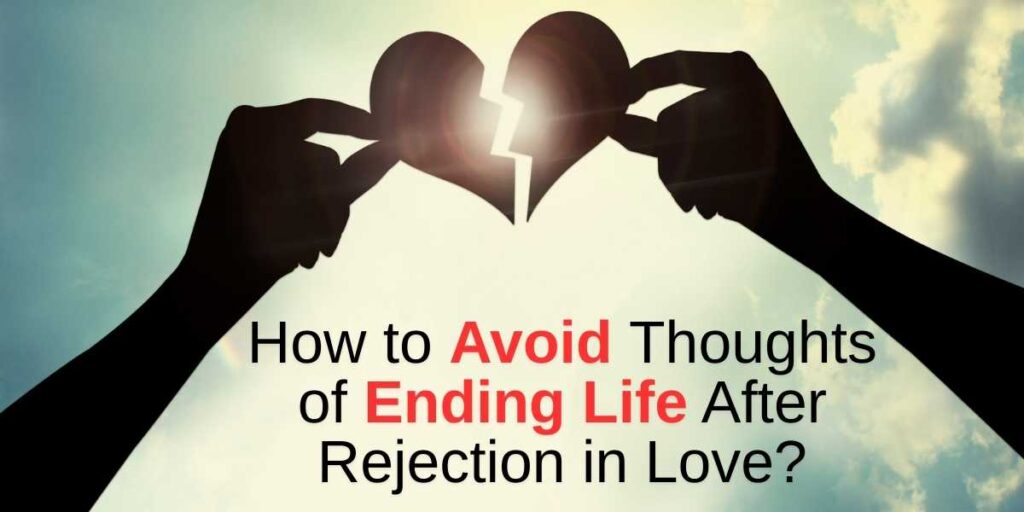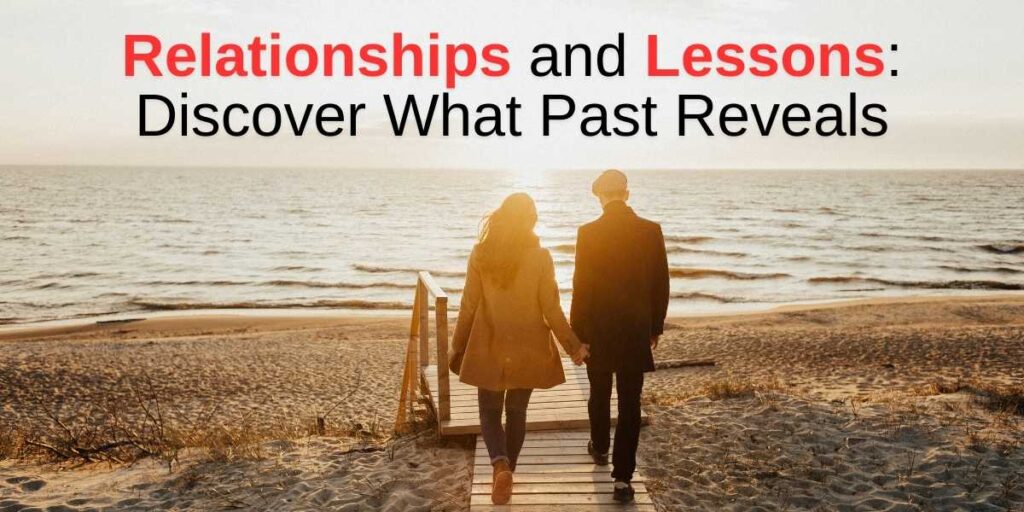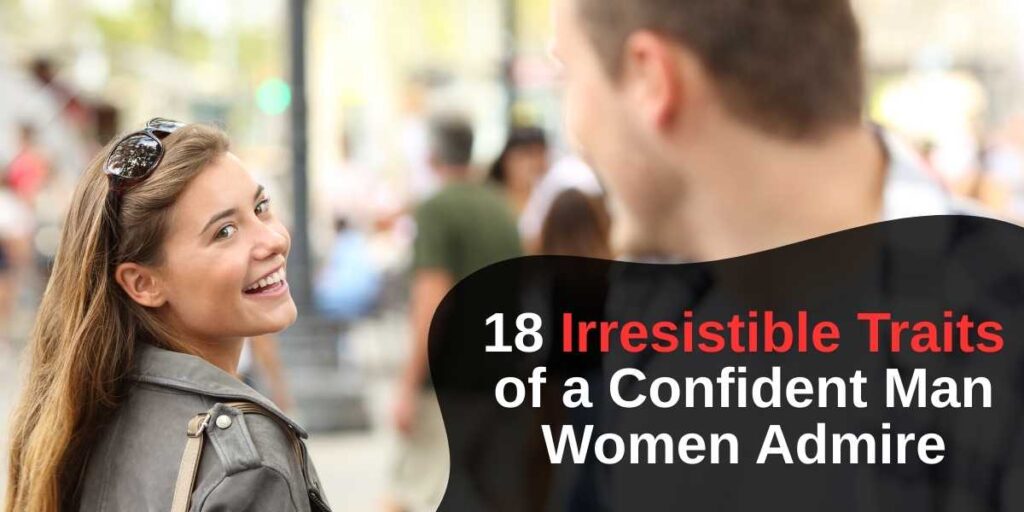Asexuality is a valid sexual orientation that is often misunderstood. Many people confuse it with celibacy or abstinence, but it is distinct in its lack of sexual attraction.
Asexuality: Beyond Common Myths
The concept of asexuality can often puzzle individuals within a society that values and emphasizes sexual attraction. Confusion stems from myths and stereotypes that cloud our understanding. Let’s dive deeper into some common misconceptions surrounding asexuality and explore the truth behind them.
Myth 1: Asexuals Have No Sexuality
This myth suggests that asexual individuals lack a sexuality, which is far from the truth. Asexuality is a recognized sexual orientation where individuals do not experience sexual attraction. Asexual individuals can feel romantic attraction, and their sexuality can include diverse experiences, such as having the desire for emotional intimacy without a sexual component.
Myth 2: It’s Just a Lifestyle Choice
A common misconception is that asexuality is a deliberate choice, similar to celibacy. Unlike celibacy, which is a conscious decision to refrain from sexual activities, asexuality is not chosen and is an innate part of an individual’s identity. This orientation is valid and genuine, not a temporary or imposed state.
Myth 3: Asexuality As a Disorder
Throughout history, asexuality has mistakenly been labeled as a disorder or a condition needing treatment. In reality, being asexual is not a mental or physical disorder. Asexuality does not require conversion or correction any more than homosexuality or heterosexuality does.
Myth 4: Negative Attitude Towards Sex
It’s widely assumed that asexual people have a general aversion to sexual activity or discussions around sex. However, many asexual individuals can have positive attitudes toward sex in society, even if they do not personally experience sexual attraction. They can support sexual freedom while simply choosing a different path for themselves.
Myth 5: Rare Existence of Asexuality
Statistically estimated to make up about 1% of the population, the number of asexual individuals is more extensive than suggested by their visibility. Lack of representation leads to the fallacy of scarcity. Despite lower visibility, asexuality is a part of a significant minority group worldwide.
Myth 6: Waiting for the ‘Right Person’
The belief that asexuality is temporary, pending the arrival of the ‘right person,’ undermines the complexity of this orientation. Just as heterosexuals or homosexuals may not change their attraction based on meeting specific individuals, asexuality is not a waiting period awaiting activation.
Myth 7: Inexperience in Sexual Matters
It’s often presumed that asexual people lack the ability to understand or engage in sexual activity. In reality, many asexual individuals may choose to engage in sexual relationships and can communicate and navigate sexual contexts adeptly, though they don’t experience the same attraction that drives sexual interactions for others.
Asexuality and Masturbation
A separate yet related myth is that asexual individuals do not engage in masturbation. This misconception ignores the variation in libido and personal preferences. An asexual person can have a libido and engage in masturbation; their orientation primarily refers to the absence of sexual attraction to others.
Understanding asexuality means recognizing its legitimate place in the spectrum of human sexuality, just like any other orientation. Respect, communication, and support are key to dismantling falsehoods and embracing the diversity of experiences.
Support and Allyship for Asexuality
As society becomes more aware of sexual diversity, it’s crucial to extend that understanding to asexuality. Allies can play a significant role by acknowledging the validity of asexual experiences, raising awareness, and correcting misconceptions when encountered. There are numerous resources and communities that one can engage with to support and learn from the asexual community.
Acknowledging and respecting the spectrum of human sexuality paves the way toward inclusivity and understanding, ensuring that every orientation is recognized and valued.
So, the next time these common myths about asexuality cross your mind, remember this guide to separate fact from fiction and contribute to a more accepting and informed society.





